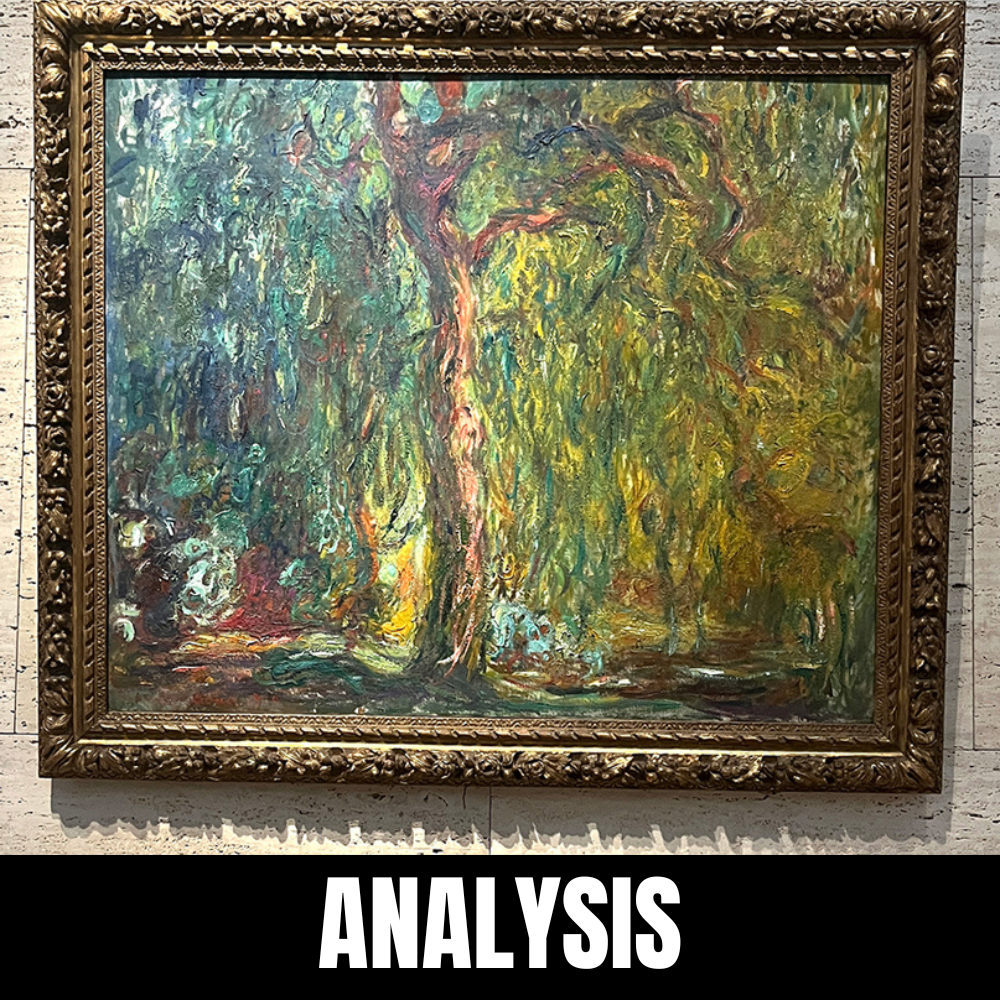Your cart is currently empty!

Flaming June – Frederic Leighton
This stunning oil painting reproduction of “Flaming June” by Frederic Leighton is a masterpiece that will bring a touch of elegance and sophistication to any space. Crafted with the highest quality materials and meticulous attention to detail, this reproduction captures the beauty and emotion of the original artwork.
The vibrant colors and intricate details of this painting are brought to life…
Exploring Frederic Leighton’s Flaming June (1895): A Masterpiece of Victorian Art
Frederic Leighton’s Flaming June, painted in 1895, stands as a seminal piece of art within the canon of Victorian painting. Renowned for its sensuous portrayal of a sleeping woman draped in a vibrant, flowing orange gown, the painting is a hallmark of Leighton’s Academic style and remains a captivating subject for art historians and enthusiasts alike. Currently on loan to the Royal Academy of Arts in London, Flaming June continues to evoke deep appreciation and scholarly interest, characterized by its artistic significance, intricate symbolism, and fascinating history of provenance.

Artistic Significance
Flaming June is celebrated for embodying Leighton’s unique blend of classical themes and Victorian sensibilities. The painting’s composition draws heavily from the Renaissance, particularly from Michelangelo’s statue of Night in the Medici Tombs in Florence. Art historian Andrew Graham-Dixon notes that “her pose is loosely modeled on that of Michelangelo’s famous statue of Night, in the Medici Tombs in Florence, which Leighton regarded as one of the supreme achievements of Western art.” This connection to Michelangelo underscores Leighton’s profound admiration for Renaissance artistry, as he deftly interweaves classical inspiration with his contemporary context.
Leighton’s meticulous artistic process played a crucial role in the development of Flaming June. He often employed nude models to achieve naturalism in his works, which is evident in the fluidity and grace of the figure depicted in this painting. Through multiple sketches, he refined the woman’s posture, capturing both the physicality and the ethereal quality of the subject. This dedication to precision and realism showcases Leighton’s commitment to mastering the human form, even when draped, allowing him to produce an image that resonates with viewers on both aesthetic and emotional levels.
Symbolism and Interpretation
The painting is rich in symbolism, inviting viewers to contemplate its deeper meanings. The inclusion of an oleander branch, a plant known for its toxicity, suggests a fragile connection between sleep and death. This duality of life and death enriches the viewer’s experience, prompting reflection on the transient nature of existence. Additionally, the woman’s flushed cheeks and suggestive pose imply an awareness of being observed, positioning the viewer as a voyeur. This layered portrayal evokes complex emotions and narratives, allowing each viewer to derive personal interpretations from the painting.
The interplay of light and color in Flaming June further enhances its symbolic depth. Leighton’s masterful use of warm hues, particularly in the sunset background that “appears as molten gold,” creates an atmosphere that is both enchanting and dreamlike. The vibrancy of the colors not only captivates the eye but also serves to heighten the emotional resonance of the scene, immersing the viewer in the dreamscape that Leighton has crafted.
Provenance and Rediscovery
The history of Flaming June is as fascinating as its artistic execution. After being owned by The Graphic magazine, the painting vanished from public view for decades, leading to a period of obscurity. It was not until the 1960s that Flaming June re-emerged, discovered in a home in Battersea. Luis A. Ferré, the founder of the Museo de Arte de Ponce, acquired the painting for a remarkably low price, recognizing its artistic merit even amid a waning interest in Victorian art at the time.
Since its rediscovery, Flaming June has traveled extensively, becoming a symbol of the Museo de Arte de Ponce and showcasing its significance in the broader context of art history. The painting has played a crucial role in revitalizing interest in Leighton’s work and Victorian art, solidifying its status as one of the most celebrated pieces of the era.
Model’s Identity
The identity of the woman depicted in Flaming June has been a topic of ongoing speculation and intrigue. While the figure’s body remains unidentified, art historians believe that her face may belong to either Dorothy Dene or Mary Lloyd, two of Leighton’s favored models during the 1890s. Supporting evidence for Mary Lloyd’s involvement is her documented collaboration with Leighton, posing for other notable works such as Lachrymae and ‘Twixt Hope and Fear. This uncertainty regarding the model’s identity adds an additional layer of mystery to the painting, enhancing its allure and inviting further exploration into the lives of these women who were pivotal to Leighton’s artistic endeavors.
Critical Reception and Legacy
Flaming June has garnered significant acclaim since its creation. Samuel Courtauld, a prominent figure in the art world, praised it as “the most wonderful painting in existence.” Such high praise reflects the painting’s powerful impact and the regard in which it is held by both critics and the public. The continued interest in Flaming June speaks to its enduring legacy as a masterpiece of Victorian art.
Leighton’s work, particularly Flaming June, exemplifies the tensions between tradition and innovation during a transformative period in art history. It showcases how Victorian artists embraced classical themes while incorporating modern elements, creating works that resonated with contemporary audiences. This painting stands as a testament to the artistic achievements of the time and remains a vital part of discussions surrounding the evolution of Western art.
Further Research
For those interested in delving deeper into Flaming June, a variety of resources are available for exploration. The Wikipedia article provides a solid starting point for understanding the painting’s background, artistic significance, and context within Leighton’s oeuvre. Further research could encompass a broader examination of Victorian art and Leighton’s position within this movement, shedding light on how his work reflects the societal and cultural currents of the time.
Additionally, critical analyses and interpretations of the painting’s symbolism can enrich one’s understanding of its complexity and depth. Investigating the lives and careers of Dorothy Dene and Mary Lloyd could also provide valuable insights into the potential models for Flaming June, adding another layer to the narrative surrounding this iconic work.
In conclusion, Frederic Leighton’s Flaming June remains a significant artistic achievement that captivates and inspires. Its sensuous portrayal of a sleeping woman, rooted in classical inspiration and imbued with rich symbolism, continues to resonate with audiences today. As it resides at the Royal Academy of Arts in London, the painting not only represents a high point in Leighton’s career but also serves as a reminder of the enduring legacy of Victorian art. Through continued study and appreciation, Flaming June will undoubtedly remain a cherished masterpiece in the annals of art history.
Frederic Leighton
Frederic Leighton was a prominent British painter and sculptor of the Victorian era, celebrated for his exquisite depictions of classical themes and his mastery of color and light, exemplified in works like Flaming June and The Bath of Psyche.





Leave a Reply